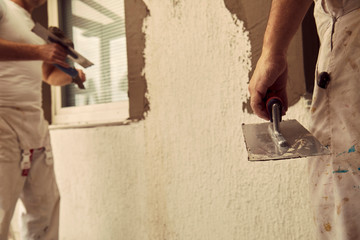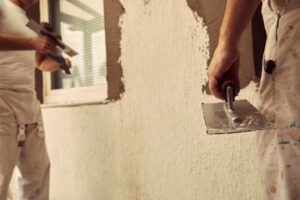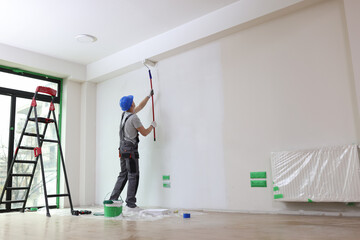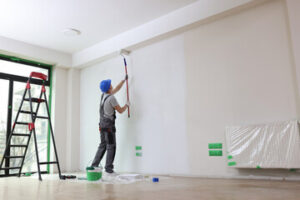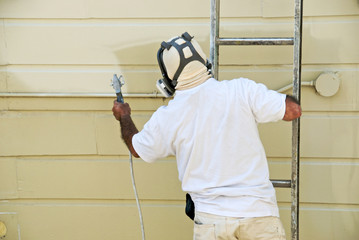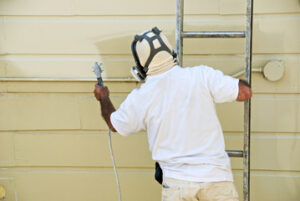Solar companies have become essential players in the transition toward renewable energy, offering innovative solutions for harnessing the power of the sun to generate electricity. The increasing demand for sustainable energy sources has led to significant advancements in solar technology, making it more accessible and efficient for residential, commercial, and industrial use.
Solar energy has emerged as one of the most promising alternatives to traditional fossil fuels, providing a cleaner and more sustainable option for meeting the growing energy needs of modern society. Solar companies play a crucial role in this shift by designing, installing, and maintaining solar power systems, enabling consumers and businesses to reduce their dependence on non-renewable energy sources. Read on MT Solar for more information.
The rise of solar companies is driven by the need to address environmental concerns and reduce carbon emissions. Traditional energy sources, such as coal and natural gas, contribute significantly to air pollution and greenhouse gas emissions, leading to climate change and environmental degradation. Solar energy, on the other hand, generates electricity without producing harmful emissions, making it a more environmentally friendly option. Solar companies have developed advanced photovoltaic (PV) technology, which converts sunlight into electricity through the use of solar panels. These panels are designed to capture and convert sunlight efficiently, even in areas with limited direct sunlight. The growing efficiency of solar panels has made solar power a more viable option for a wider range of applications, from residential rooftops to large-scale solar farms.
One of the key advantages of working with solar companies is the opportunity for energy independence. By installing solar panels, homeowners and businesses can generate their own electricity, reducing their reliance on the traditional power grid. This not only lowers electricity bills but also provides greater protection against power outages and fluctuations in energy prices. Solar companies offer customized solutions based on the specific energy needs of each customer, ensuring that the solar power system is designed to maximize efficiency and cost savings. In addition to solar panels, many companies offer battery storage solutions, allowing excess energy to be stored for use during periods of low sunlight or high energy demand. This enhances the reliability and consistency of solar power, making it a more practical and dependable energy source.
The installation process for solar panels involves careful planning and expertise, which is where solar companies provide significant value. Professional installation ensures that the panels are positioned correctly to maximize sunlight exposure and energy production. Factors such as roof orientation, shading, and local weather patterns are taken into account to optimize the performance of the solar power system. Solar companies also handle the necessary permits and regulatory requirements, simplifying the process for homeowners and businesses. The expertise of solar companies ensures that the installation is carried out safely and efficiently, minimizing the risk of damage or operational issues.
Maintenance and monitoring are also essential aspects of a successful solar power system. Solar companies offer ongoing maintenance services to ensure that the panels and related equipment continue to operate at peak efficiency. This includes regular cleaning, inspection, and repair of any damaged components. Advanced monitoring systems allow users to track their energy production and consumption in real time, providing valuable insights into the performance of the solar power system. Solar companies can identify and address any issues quickly, preventing potential energy loss and maximizing the long-term benefits of solar power.
Financing options provided by solar companies have made solar energy more accessible to a broader range of consumers. Many companies offer flexible payment plans, leasing options, and power purchase agreements (PPAs), which allow customers to install solar panels with little to no upfront cost. Under a PPA, the customer agrees to purchase the electricity generated by the solar panels at a fixed rate, often lower than traditional utility rates. This provides immediate cost savings and protects against future increases in energy prices. Leasing options allow customers to benefit from solar power without the responsibility of ownership, while flexible payment plans make it easier to budget for the initial investment in solar technology. These financing options have made solar power more affordable and attractive for both residential and commercial customers.
Solar companies have also contributed to job creation and economic growth in the renewable energy sector. The increasing demand for solar power has led to the establishment of new manufacturing facilities, research and development centers, and installation services. This has created a wide range of employment opportunities, from engineering and manufacturing to sales and customer support. The renewable energy industry has become a major driver of economic growth, providing stable and well-paying jobs for skilled workers. The expansion of solar companies has also stimulated investment in related industries, such as battery storage, grid infrastructure, and smart home technology. This interconnected growth has strengthened the overall renewable energy ecosystem, making it more resilient and adaptable to future challenges.
Technological innovation has played a central role in the success of solar companies. Advances in photovoltaic cell design, materials, and manufacturing processes have improved the efficiency and durability of solar panels. Thin-film solar panels, for example, are lighter and more flexible than traditional panels, making them easier to install on a wider range of surfaces. Bifacial panels, which capture sunlight from both sides, increase energy production and overall efficiency. Smart inverters and tracking systems have further enhanced the performance of solar power systems by adjusting the angle and position of the panels to maximize sunlight exposure. These technological advancements have made solar energy more reliable, cost-effective, and scalable for various applications.
The environmental benefits of solar energy extend beyond reducing carbon emissions. Solar power helps conserve water resources by eliminating the need for water-intensive cooling systems used in traditional power plants. It also reduces air pollution, improving overall air quality and public health. The use of solar energy decreases the demand for finite natural resources, such as coal and natural gas, helping to preserve these resources for future generations. The shift toward solar energy supports a more sustainable and balanced energy mix, reducing the environmental impact of energy production and consumption.
Government incentives and policies have also played a crucial role in the growth of solar companies. Tax credits, rebates, and grants have made it more affordable for consumers to invest in solar power systems. Net metering programs allow solar panel owners to sell excess electricity back to the grid, providing an additional source of income and further reducing energy costs. Renewable energy standards and carbon reduction targets have encouraged utilities and businesses to increase their investment in solar energy. These supportive policies have created a more favorable market environment for solar companies, driving continued innovation and expansion.
The future of solar companies looks promising as demand for renewable energy continues to grow. Advances in energy storage technology, such as lithium-ion and solid-state batteries, will enhance the reliability and flexibility of solar power systems. Integration with smart home technology and grid infrastructure will enable more efficient energy management and distribution. The development of community solar projects will make solar energy more accessible to renters and individuals without suitable roof space. The continued expansion of solar companies will contribute to a more sustainable and resilient energy future, providing clean and affordable power for generations to come.
Choosing to work with a solar company represents an investment in both financial savings and environmental responsibility. The combination of advanced technology, professional expertise, and flexible financing options makes solar power an attractive and viable energy solution. As solar companies continue to drive innovation and expand access to renewable energy, they are helping to create a more sustainable and energy-independent future. The transition to solar power reflects a broader commitment to reducing environmental impact and building a cleaner, more resilient energy infrastructure.


